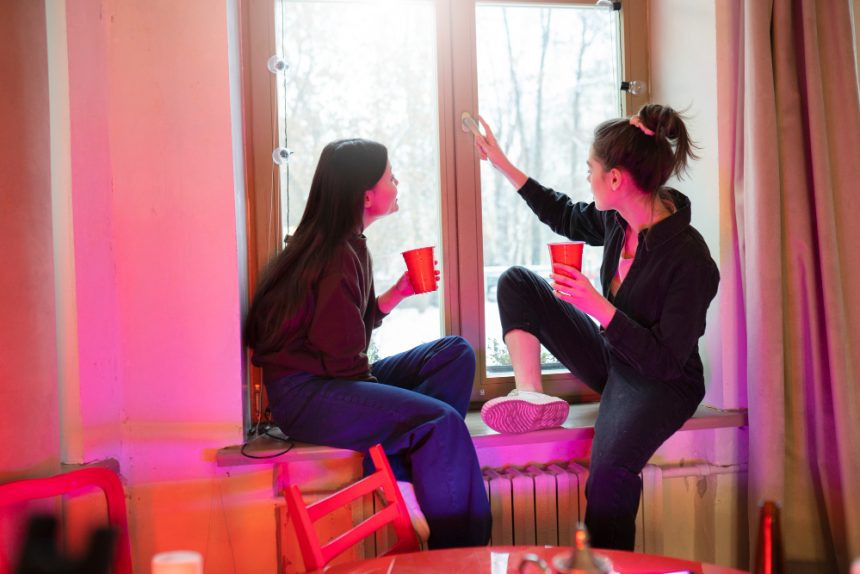Understanding the Psychological Power of Color in Interior Design: How Hues Influence Mood, Emotions, and Overall Well-Being in Living and Working Spaces
Colors are much more than mere visual decorations; they possess a profound psychological influence that can shape our emotions, behaviors, andEven our overall sense of well-being. When thoughtfully integrated into interior design, colors can create environments that evoke calmness, happiness, productivity, and comfort—crucial elements that support mental and emotional health in both personal and professional spaces.
Imagine stepping into a room painted in soft blues: many find it soothing, helping to reduce stress and promote relaxation. Contrast that with vibrant reds that can energize and stimulate activity. Such intentional use of color taps into the subconscious, influencing how we feel and behave without us even realizing. Understanding this power is essential for designing spaces that nurture mental health, foster positive moods, and support overall wellbeing.
The Science Behind Color Choices: Exploring How Different Interior Colors Can Promote Happiness, Calmness, Productivity, and Comfort, and Why Thoughtful Color Selection Matters for Creating Harmonious Environments That Support Mental and Emotional Health
Scientific research underscores the significant impact of color on emotional state. Studies reveal that colors can influence heart rates, blood pressure, and even hormone levels, signaling their capacity to affect psychological health. Here’s how specific hues can shape our daily experiences:
-
Blue: Often associated with serenity and tranquility, blue hues are known to lower blood pressure, ease anxiety, and promote mental clarity. They are excellent choices for bedrooms and offices where calmness and focus are desired.
-
Green: Symbolizing nature and renewal, green has a restorative effect, reducing stress and promoting feelings of safety and balance. It’s ideal for spaces meant for relaxation or contemplation.
-
Yellow: Bright and cheerful, yellow can uplift moods, energize the mind, and foster optimism. However, overly intense yellows can be overstimulating, so softer shades work best for creating welcoming, optimistic environments.
-
Red: The color of passion and energy, red can boost motivation and stimulate enthusiasm. While effective in dining or recreational areas, excessive use in tranquil spaces might cause agitation or anxiety.
-
Purple: Associated with luxury and spirituality, purple can inspire creativity and introspection, making it suitable for artistic spaces or meditation rooms.
-
Neutral tones (beige, gray, white): These provide a calming backdrop, allowing other accent colors to stand out, and foster feelings of openness and simplicity.
The key lies in balance and intentionality—choosing hues that align with the intended mood of a space. A living room designed to encourage social interaction might embrace warm earth tones, while a home office might favor cool, muted blues that enhance concentration.
Furthermore, lighting amplifies or diminishes the psychological effects of color. Natural light enhances the vibrancy of colors, boosting their positive impact, while poor lighting can diminish their influence or even induce feelings of gloom.
Why Thoughtful Color Selection Matters
The importance of strategic color use extends beyond aesthetics. Thoughtfully chosen interior colors influence mental health outcomes—reducing stress, enhancing mood stability, increasing productivity, and fostering a sense of safety and comfort. For individuals prone to anxiety or depression, selecting calming palettes can contribute to emotional recovery. For busy professionals, energizing hues may enhance cognitive function and motivation.
Moreover, personalization plays a vital role. Colors that resonate with an individual’s preferences and experiences further reinforce positive feelings within their environments. Conversely, mismatch or subconscious discomfort with certain colors might lead to subconscious unease or fatigue.
Designers and homeowners can leverage this knowledge by creating environments tailored to their emotional needs. Incorporating the right colors in living and workspaces isn’t merely an aesthetic choice but an investment in mental and emotional health—a way to craft spaces that support wellbeing and foster a balanced, harmonious lifestyle.
Final Thoughts
Interior colors wield remarkable power over our emotional states, influencing how we feel, think, and behave in our everyday environments. As science continues to uncover the depth of this connection, it becomes clear that intentional color selection is a vital aspect of creating spaces that nurture mental health and emotional resilience. Whether it’s a calming blue in the bedroom, an energizing yellow in the kitchen, or a balanced green in a home office, the hues we choose can shape our experiences and well-being in profound and lasting ways. Therefore, embracing the psychological potential of color is an essential strategy for cultivating harmonious, supportive environments—both at home and in the workplace.








